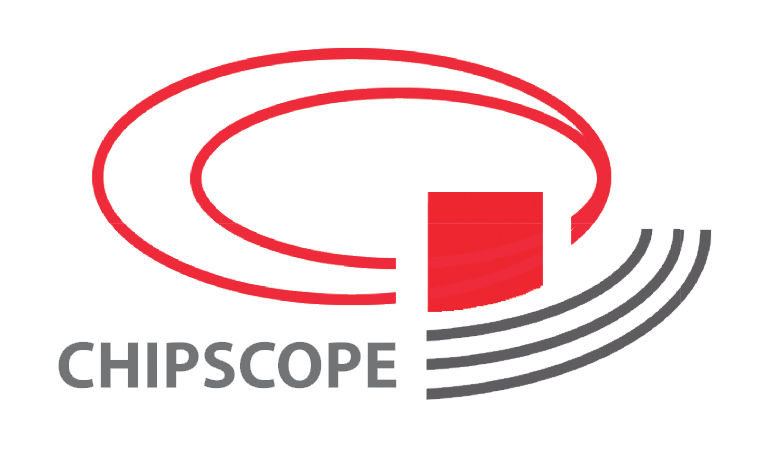ChipScope will revolutionize optical microscopes with super-resolution capabilities, making them chip-sized, convenient, affordable and ubiquitously available, not only for laboratories working in manifold research fields, but also in everyday life. During the project, LEDs smaller than the diffraction limit will be developed and used as light sources for a new microscope which will be integrated on a chip. The fundamental difference with conventional optical microscopy will be that the illumination is made by extremely small individual light sources instead of a wide illumination field and tiny detectors in the camera. This allows super-resolution optical microscopy, which could be used to investigate extremely small structures as viruses, DNA or living cells, in real time.
>> Watch the new ChipScope video!
ChipScope will revolutionize the way science and applications related to optical microscopy will be done in the future.
- ChipScope will develop the first chip-sized optical microscope with super-resolution capabilities. This microscope will be convenient, affordable and ubiquitously available.
- ChipScope will develop semiconductor nano light emitting diode (nanoLED) arrays with individual pixel operation. This will lead to extreme miniaturisation and simplicity for super-resolution microscopy.
- ChipScope will prove the concept by using a real-time imaging device to study in-cell mechanisms.
- ChipScope relies on a highly interdisciplinary consortium with strong background. It includes leading universities and research centres as well as a SME. The European industry leaders in the market of imaging and microscopy are included via an Industry Advisory Board.





